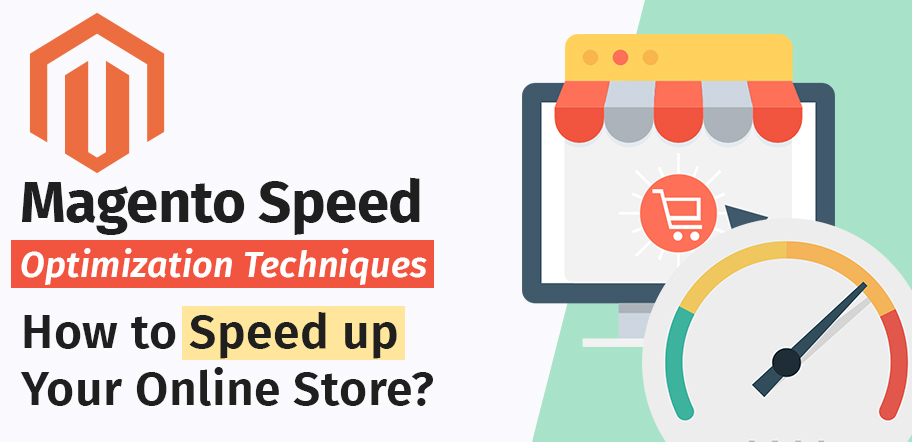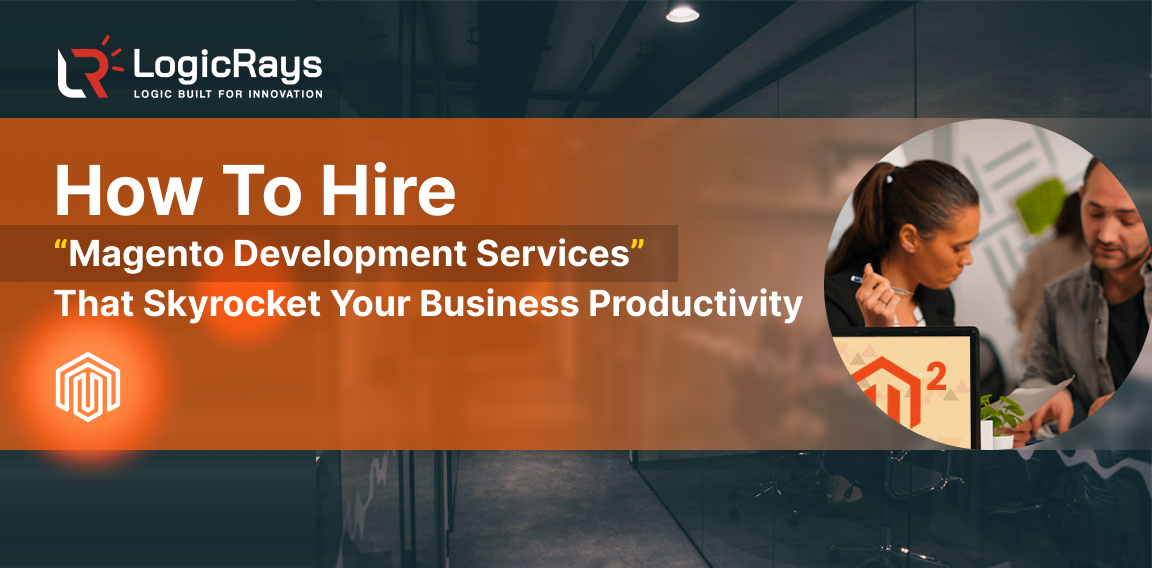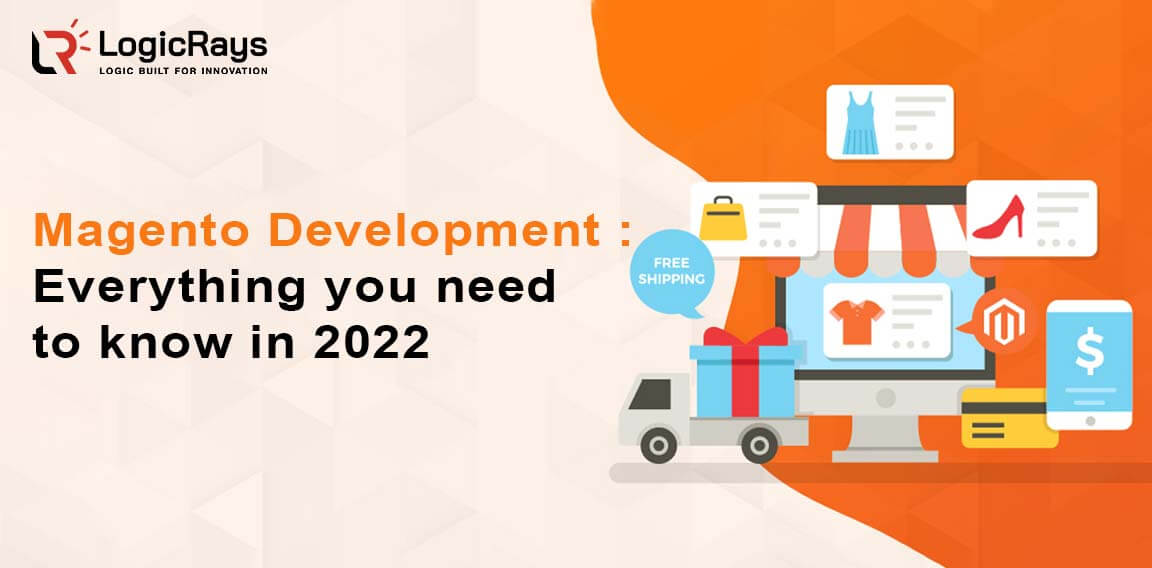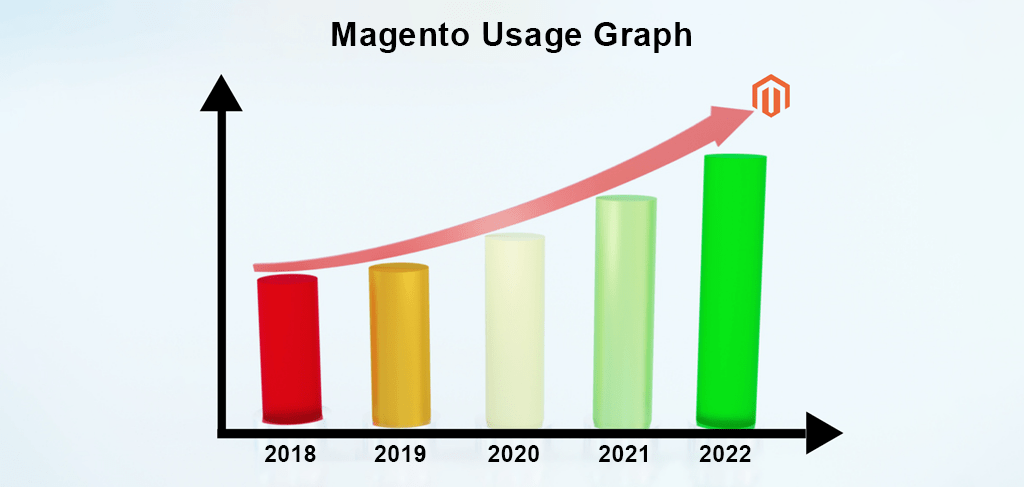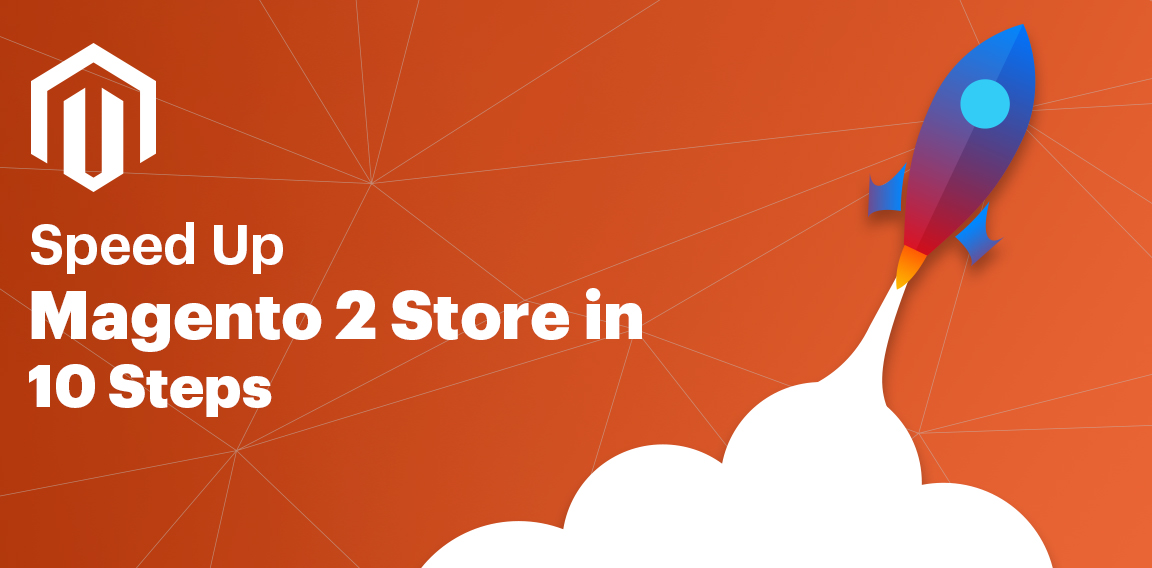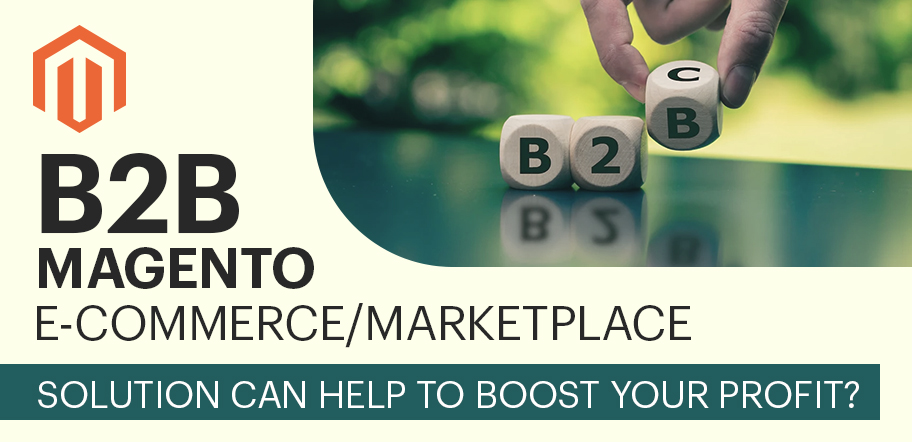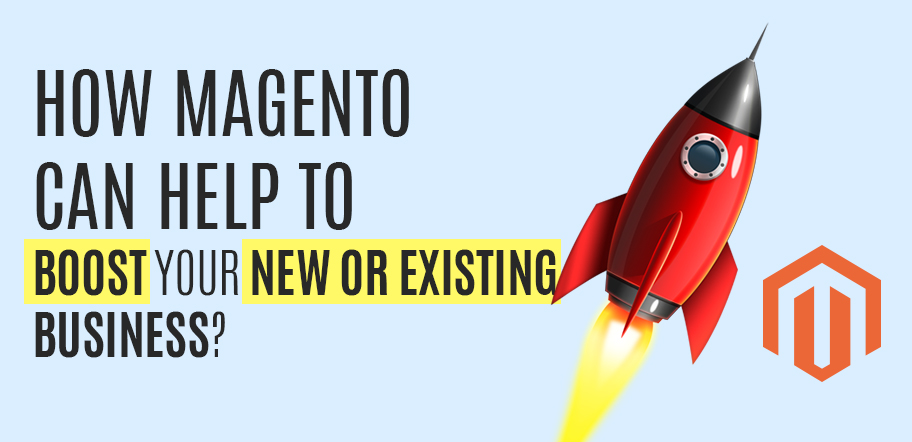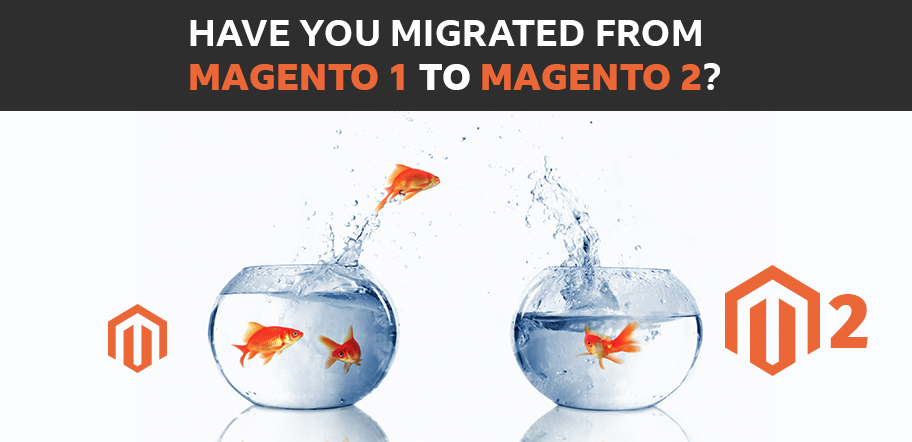Choosing the right platform for your eCommerce venture is crucial when starting or expanding in India. Magento and WooCommerce, two prominent contenders, provide distinct advantages and cater to different business needs.
Magento is often known for its robust functionality, advanced features, and scalability; thus, it stands out as an excellent choice for larger enterprises or those with complex requirements. However, WooCommerce is favored for its simplicity, cost-effectiveness, and smooth integration with WordPress.
This article delves into the Magento vs WooCommerce debate, focusing on features, pricing, security, performance, and scalability to assist you in making an informed decision that aligns with your business goals.
For businesses seeking expert guidance, investing in WooCommerce and Magento development services can streamline the process. These services ensure that your online store is built to meet your goals efficiently.
Additionally, if you want to customize your platform or scale your business, you can hire WooCommerce developers or hire Magento developers to create a solution tailored to your needs.
Let’s explore how these two platforms stack up and determine which one is the perfect fit for your eCommerce journey.
Key Differences Between WooCommerce and Magento:

| Feature | WooCommerce | Magento |
| Starting Price | Free | Free |
| Design and Themes | Access to all WordPress themes | Variety of themes (paid and free) |
| Discounts and Promo Codes | Create promo codes: case sensitive and tied to product IDs | Create rules for catalog price, shopping cart price (automatic discounts), and promo codes. |
| SEO Tools | WordPress SEO extensions available | SEO included by default |
| Add-ons and Extensions | 400 extensions (free and paid) | Almost 4,000 extensions available (free and paid) |
| Security | Depends on your website hosting provider, but has secure sockets layer (SSL) support | Dedicated security patches and SSL certificates available |
| Ease of Use | Designed for beginners; integrates seamlessly with WordPress. | Steeper learning curve; ideal for developers or advanced users. |
| Hosting Requirements | Self-hosted; relies on WordPress hosting providers. | Requires robust hosting for optimal performance, especially for larger stores. |
| Customization | Highly customizable using WordPress themes and plugins. | Advanced customization with greater flexibility for developers. |
| Performance | Performance depends on hosting provider and installed plugins. | Optimized for handling large product catalogs and high traffic. |
| Scalability | Best for small to medium-sized businesses. | Suitable for medium to large-scale enterprises and growing businesses. |
| Community Support | Backed by the large WordPress community, with numerous forums and resources. | Supported by a smaller but highly specialized community of Magento users and developers. |
| Product Management | Basic product management; suitable for simple stores. | Advanced product management with features like configurable products and multiple attributes. |
| Multilingual Support | Requires plugins like WPML for multilingual capabilities. | Built-in multilingual support with additional localization features. |
| Pricing for Add-ons | Generally lower cost for plugins and extensions. | Add-ons and extensions can be expensive, especially for advanced functionalities. |
Magento vs. Woocommerce Features:
Please check the below points for a detailed breakdown of feature differences between Magento and WooCommerce. This comparison highlights their unique functionalities to help you choose the right platform for your business.
1. Customizability and Flexibility:
Magento is highly customizable, making it ideal for enterprises with complex requirements. Its extensive range of extensions and adaptability to coding allows for creating unique, feature-rich stores tailored to large businesses.
On the other hand, WooCommerce is more straightforward to use, and it integrates seamlessly with WordPress plugins and themes, making it a perfect choice for small—to medium-sized businesses that value ease of use and quick setup.
2. Product and Inventory Management:

Magento excels with advanced inventory management tools, catering to businesses handling thousands of products. WooCommerce offers straightforward inventory management features, ideal for smaller catalogs.
3. User Experience (UX) and UI Design Options:

Both platforms allow user-friendly designs; however, Magento supports multi-layered UX designs for enterprise-level stores. WooCommerce, with its range of WordPress themes, delivers aesthetically pleasing and functional designs.
4. Multi-Store and Multi-Language Support:

Magento supports out-of-the-box multi-store functionality, perfect for businesses operating in various markets. WooCommerce, while not inherently multi-store, can achieve similar capabilities with plugins. Both platforms support multi-language setups.
5. SEO and Marketing Tools:

Magento, a robust platform, offers built-in SEO tools: metadata management, URL rewriting, and XML sitemaps. These tools are ideal for advanced marketing strategies. WooCommerce, however, is powered by WordPress plugins like Yoast SEO, which ensures effective optimization for smaller stores. Although Magento suits large-scale campaigns, WooCommerce excels in simplicity and flexibility for basic SEO needs.
Also Read: WooCommerce vs BigCommerce: Choosing the Best E-Commerce Platform
Magento vs WooCommerce Pricing:
Please check the below points for a detailed breakdown of pricing differences between Magento and WooCommerce including starting costs, add-ons, and ongoing expenses to help you make an informed decision.
1. Initial Setup and Development Costs:
Magento (particularly its paid version, Magento Commerce) demands substantial upfront investment.
The setup process often involves hiring skilled developers to handle its complex configurations and ensure the platform is tailored to specific business needs. It makes it a premium choice for enterprises with larger budgets.
In contrast, WooCommerce offers a cost-effective start as the plugin is free to install on WordPress. Small businesses and startups can save significantly on initial setup costs, especially if they can access in-house technical resources.
2. Hosting and Maintenance Costs:

Magento requires high-performance hosting to support its robust features and manage heavy traffic, which leads to higher recurring hosting and maintenance costs. Its complexity, however, often demands professional support for updates and management.
In contrast, WooCommerce is less resource-intensive and works efficiently on standard WordPress hosting for small businesses, aiming to reduce operational expenses.
3. Plugin and Extension Costs:
Magento provides premium extensions for advanced functionalities, catering to businesses with complex needs.
WooCommerce, however, offers a wide range of more affordable plugins. This makes it ideal for small—to medium-sized companies seeking practical solutions within budgets.
4. Long-term Scalability and Total Cost of Ownership:
Magento scales seamlessly for businesses targeting significant growth or global expansion, but its costs rise with complexity.
WooCommerce offers a more affordable solution for small businesses with moderate growth goals, requiring fewer resources initially but needing upgrades for larger-scale expansions as the business grows.
Must Read: Magento Development : Everything you need to know
Magento vs WooCommerce Security:
Security is a crucial aspect when choosing an eCommerce platform. Please check the below points for a detailed comparison of the security features offered by Magento and WooCommerce.
1. Core Security Features:
Magento provides robust built-in security features such as advanced password management, two-factor authentication, and strong encryption, ensuring a secure platform. WooCommerce, on the other hand, leverages WordPress’s security framework, which can be strengthened through additional plugins.
2. Updates and Patching:
Magento provides regular security patches, ensuring enterprise-grade protection and quick resolution of vulnerabilities, but it requires technical expertise for implementation. WooCommerce depends on WordPress updates, which may delay critical security fixes. Because of this, stores could be left exposed for longer periods.
3. Third-Party Security Plugins and Extensions:
Both platforms support third-party security tools. Magento has dedicated extensions, while WooCommerce benefits from WordPress-compatible security plugins like Wordfence.
4. GDPR Compliance and Customer Data Protection:
Both Magento and WooCommerce support GDPR compliance. However, Magento provides more advanced, built-in tools for data security. In contrast, WooCommerce requires numerous third-party plugins to achieve comprehensive GDPR compliance.
Also Read: How Magento B2B E-commerce/Marketplace Solution can help to boost your profit?
Magento vs WooCommerce Performance and Scalability:
Performance is crucial in determining the success of an online store, especially as businesses scale and evolve.
1. Page Speed and Loading Times:
Magento is a resource-heavy platform, and without proper optimization, it can lead to slower page speeds and longer loading times. Its complexity demands more server resources, which can affect performance. In comparison, WooCommerce, being less resource-intensive, typically performs better on lightweight hosting, offering faster page load times. This makes WooCommerce a more efficient choice for businesses looking for better performance with minimal setup.
Also Read: Magento Speed Optimization
2. Scalability for Small, Medium, and Large Businesses:
Magento is well-suited for medium to large enterprises because of its ability to manage high traffic volumes and complex operations. Its scalability ensures smooth performance as the business grows. WooCommerce, however, is better suited for small- to medium-sized companies that offer moderate scalability to meet growing needs.
3. Mobile Responsiveness:
Both Magento and WooCommerce offer mobile-responsive themes, ensuring that online stores deliver a seamless and user-friendly experience across mobile devices. This responsiveness is essential for capturing mobile traffic because it provides customers with smooth navigation and enhances overall user satisfaction.
Which Platform is Right for Your Business?

1. Ideal Use Cases for Magento:
Magento is ideal for enterprise-level businesses, especially those with large product catalogs or multi-store operations. It offers scalability, robust performance, and extensive customization options, perfect for businesses with complex eCommerce requirements.
2. Ideal Use Cases for WooCommerce:
WooCommerce offers an easy-to-use platform that enables cost-effective setup and operation. That’s why it is ideal for small businesses, startups, and entrepreneurs seeking affordable solutions with essential features.
3. Key Considerations for Decision-Making:
Consider your budget, growth plans, and technical expertise. Magento offers scalability but demands higher maintenance costs, while WooCommerce is more economical but may require plugins for advanced functionalities.
Conclusion:
Choosing between Magento and WooCommerce ultimately hinges on your specific business requirements, budget constraints, and technical proficiency. Both platforms are excellent for constructing online retail spaces. However, the ideal selection is contingent upon your objectives.
If you require assistance deciding or in the setup process, do not hesitate to contact LogicRays. LogicRays will assist you throughout the journey, ensuring that your store functions smoothly and helps you effectively promote your eCommerce growth.
FAQs:

